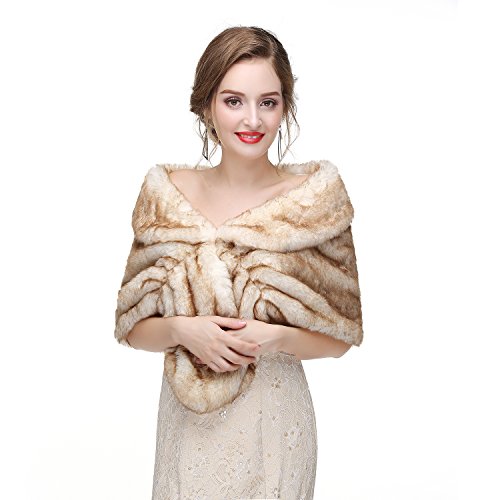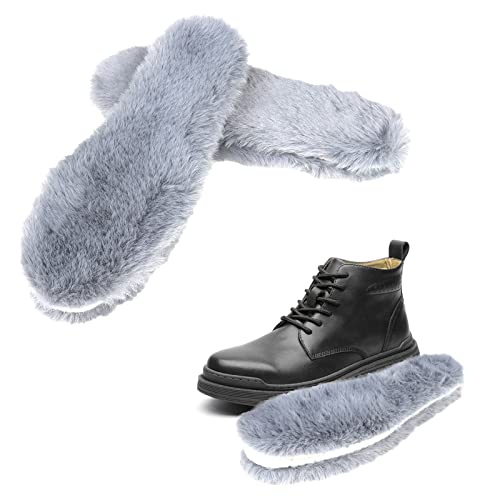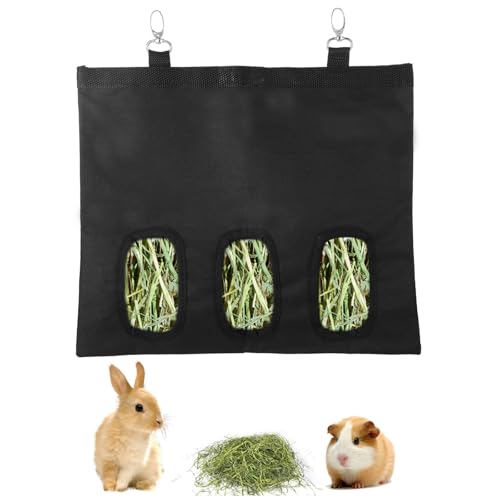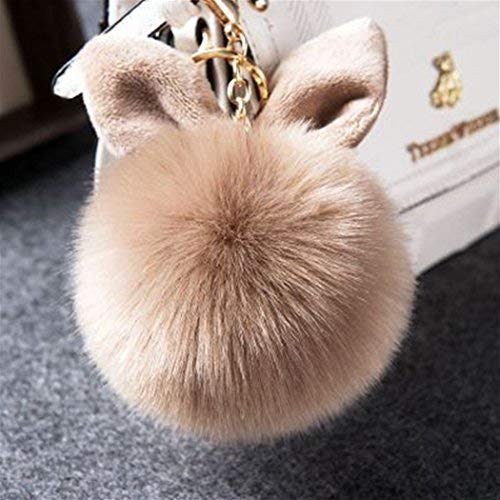Sallander is a non-extension self chinchilla <
aaB_c(chd)_D_ee>. Sable point is a non-extension self sable <
aaB_c(chl)_D_ee>. Both chinchilla and sable block expression of the orange tones, and sable additionally lightens the black tones to sepia (though it can still be very dark). So a self chin is a black rabbit, and a sable is a sepia rabbit with shading on the parts of the body with shorter hairs. The problem is that the self <
aa> blocks expression of rings that help identify chinchilla, and the non-extension eliminates a lot of what color is left, with both varieties looking shaded (think of a tort, which
looks shaded but is not sable). To be honest, all of your rabbits look like sable points to me, but I do not ever feel 100% certain about identifying a rabbit as one or the other unless I have a reliable pedigree, or have test bred the rabbit. The sable and non-extension alleles are too variable (to my eye, anyway).
If you have never seen a chinchilla kit (or a solid black self chin), it's either that all of your rabbits are self with no <
A_> to allow expression of the chinchilla rings, or else your "chinchilla" rabbits are actually sable (or both). Two of the varieties you listed (sable type and a tort) are selfs, and all of the pictures you posed look like selfs since they do not have agouti trim around the eyes/ears/belly etc. So, no clues there about whether they are chin- or sable-based.
Sallanders: two images from Green Barn Farm's excellent color matrix
https://www.gbfarm.org/rabbit/holland-colors-matrix.shtml last image uncredited:
View attachment 44370 View attachment 44371 View attachment 44365
Sable points - first is one of our very dark sable point Holland, Sleeping Beauty; the next three images are from Green Barn Farm's excellent color matrix
https://www.gbfarm.org/rabbit/holland-colors-matrix.shtml):
View attachment 44369 View attachment 44368 View attachment 44373
A magpie is a harlequin with an allele that blocks the expression of pheomelanin, the yellow pigment that makes orange. There are four alleles that do that - in fact, all of the alleles recessive to full-color <
C> suppress orange. So you get a rabbit with no orange, but the dark tones can be either black or sepia (himalayan or REW also suppresses pheomelanin, but we can put those aside for discussion of magpies).
c(chd) – chinchilla: suppresses most/all pheomelanin production in fur
c(chl) – sable/shaded: suppresses all pheomelanin, interferes with eumelanin so black appears sepia and eyes have a ruby glow; short hair less affected so rabbit is “shaded”
c(h) – himalayan: suppresses all pheomelanin production, and is temperature-sensitive so eumelanin generally produced only on extremities; prevents pigmentation of eyes
c – REW: all pigment production is suppressed in skin, fur and eyes. A REW rabbit still has all other color and pattern genes, but they cannot be expressed if the individual has two copies of this allele.
So a magpie can be either black (chinchilla) or sepia (sable). A lot of harlequins do not have the best color intensity, so sometimes it's hard to tell one from the other, but a sable magpie's dark patches just look off-colored, not rich black.
I agree that your VM buck looks like a sable point (non-extension sable): he's off-black and his points are much darker than his body (remember though, that a sable is also shaded - it's just that the body is also sepia, not almost white). There are several reasons he may not have produced a magpie: if the dam is also self <
aa> and has only one copy of <
e(j)>, you won't see the harlequin pattern. To look like a harlequin/magpie, the kit either needs to get an agouti <
A_> with a dominant <
e(j)> from the doe; or if it is a self, it needs two copies of <
e(j)> (which it can't since the sable point is <
ee>).
WHEW. Maybe
@Mckatie has some comments. We've gone round and round abut her rabbits, too, and I know she's developed an eye for this.


























































